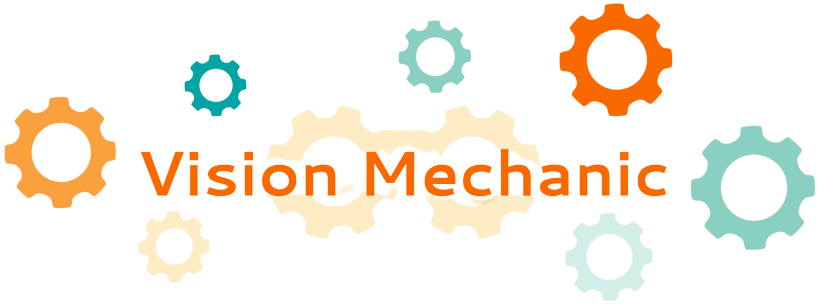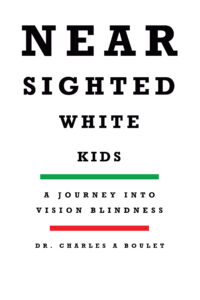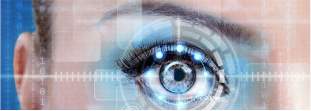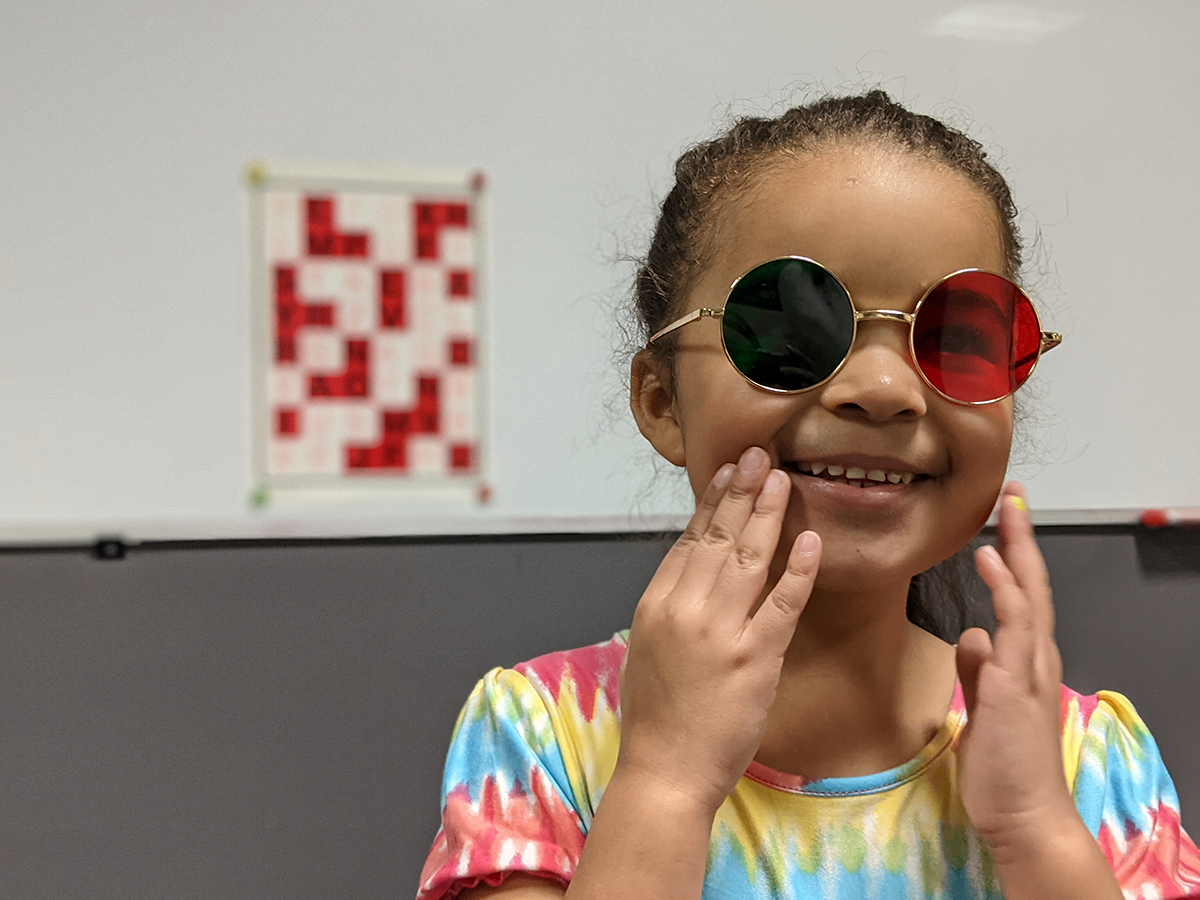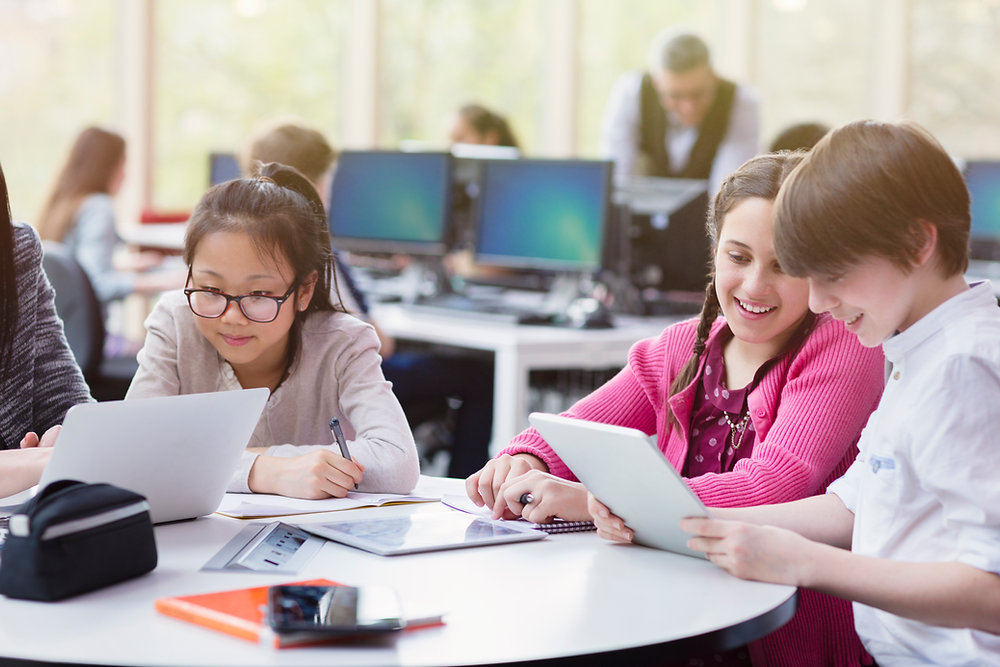Ball Localized Tactually
Purpose: To develop more accurate awareness of one’s midline and improved kinesthetic awareness of hands
Apparatus: A small suspended ball, and/or chalkboard, a piece of white chalk and a piece of yellow chalk, occluder
Method:
Part I
1. Patient is asked to stand before a small suspended ball. The ball should not be moving.
2. The ball should be adjustable in height so that it may be varied from waist level to above head level.
3. As a starting position, the ball should be suspended at the patient’s nose level.
4. The patient is asked to view the ball monocularly until secure in knowing where it is in relation to himself.
5. Now he closes eyes and attempts to grasp ball accurately between thumb and forefinger of one hand.
6. Drop hand to side and repeat with the other hand.
7. Open eyes and again view the ball.
8. Change position (a little closer, a little further) and process with each hand.
9. Also change the height of the ball and, as success is achieved with the procedure, repeat with the ball suspended off his midline.
10. Each eye is used in the procedure and the patient is asked to relocate himself after each hand has been used.
Part II
1. The patient is asked to stand before the chalkboard, holding a piece of yellow chalk in one hand, and a piece of white chalk in the other hand.
2. With eyes closed, the patient is asked to reach forward and place a short diagonal line on the board with one hand at about his nose level.
3. After returning the hand to his side, he is to attempt to make an X of the original line using the other hand.
4. Open eyes to verify.
5. Repeat, having patient reach to different areas of chalkboard–to the right, left, above or below his nose level.
Aspects to be Emphasized:
1. Equal ability to localize the ball with right and with left eye.
2. Equal ability matching the visual localization with either hand with eyes closed.
3. Ability to match the localization of the two hands by making an X on the chalkboard.
4. Emphasize to the patient that he is to think about matching what he has seen with what he now feels in his hands, arms and total body posture.
